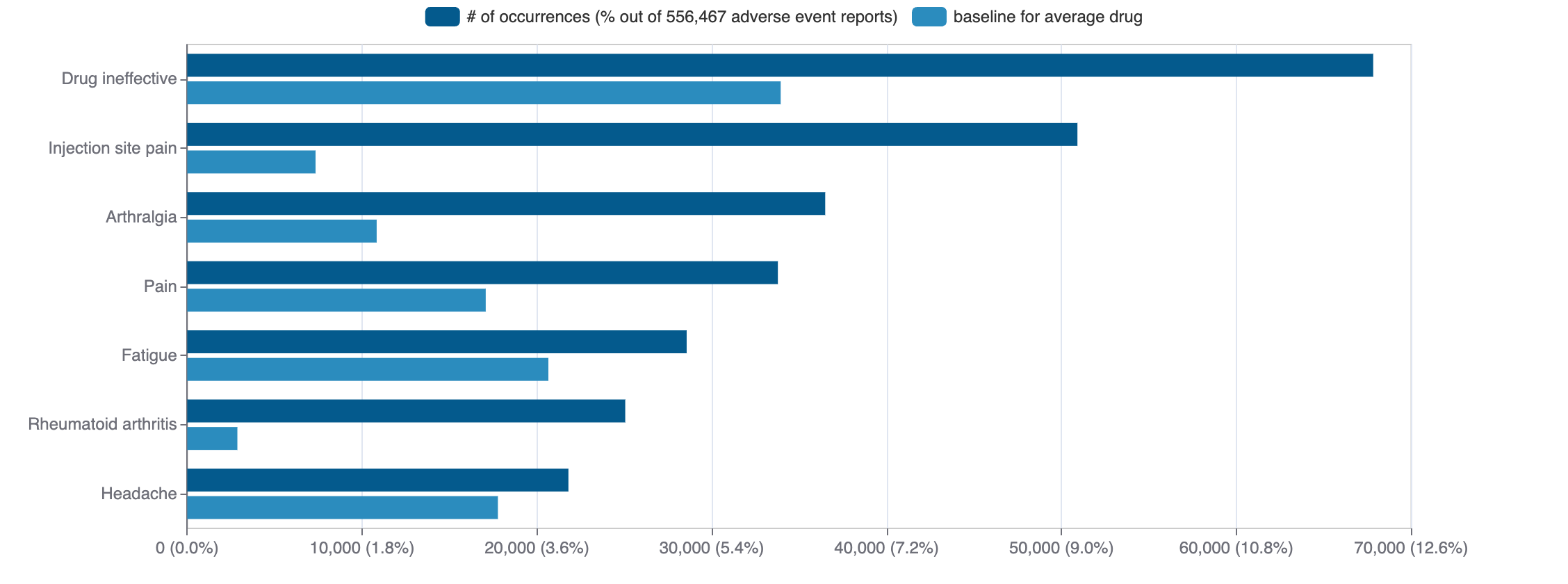Balovaptan
Balovaptan is a small molecule pharmaceutical. It is currently being investigated in clinical studies. It is known to target 5-hydroxytryptamine receptor 2B, vasopressin V1a receptor, vasopressin V2 receptor, and oxytocin receptor.
Download report
Favorite
Commercial
Therapeutic Areas
No data
Trade Name
FDA
EMA
No data
Drug Products
FDA
EMA
New Drug Application (NDA)
New Drug Application (NDA)
Abbreviated New Drug Application (ANDA)
Abbreviated New Drug Application (ANDA)
No data
Labels
FDA
EMA
No data
Indications
FDA
EMA
No data
Agency Specific
FDA
EMA
No data
Patent Expiration
No data
ATC Codes
No data
HCPCS
No data
Clinical
Clinical Trials
17 clinical trials
View more details

Mock data
Subscribe for the real data
Subscribe for the real data
Indications Phases 4
No data
Indications Phases 3
Indication | MeSH | Ontology | ICD-10 | Ph 1 | Ph 2 | Ph 3 | Ph 4 | Other | Total |
|---|---|---|---|---|---|---|---|---|---|
| Autism spectrum disorder | D000067877 | F84.0 | 3 | 2 | 1 | — | — | 6 |
Indications Phases 2
Indication | MeSH | Ontology | ICD-10 | Ph 1 | Ph 2 | Ph 3 | Ph 4 | Other | Total |
|---|---|---|---|---|---|---|---|---|---|
| Post-traumatic stress disorders | D013313 | EFO_0001358 | F43.1 | — | 1 | — | — | — | 1 |
| Ischemic stroke | D000083242 | — | 1 | — | — | — | 1 |
Indications Phases 1
Indication | MeSH | Ontology | ICD-10 | Ph 1 | Ph 2 | Ph 3 | Ph 4 | Other | Total |
|---|---|---|---|---|---|---|---|---|---|
| Healthy volunteers/patients | — | 9 | — | — | — | — | 9 |
Indications Without Phase
No data
Epidemiology
Epidemiological information for investigational and approved indications
View more details
Drug
General
| Drug common name | BALOVAPTAN |
| INN | balovaptan |
| Description | Balovaptan (INN; developmental code name RG7314), is a selective small molecule antagonist of the vasopressin V1A receptor which is under development by Roche for the treatment of post-traumatic stress disorder. It was in a phase III clinical trial for adults and a phase II clinical trial for children for this indication. On 29 January 2018, Roche announced that the US Food and Drug Administration (FDA) had granted Breakthrough Therapy Designation for balovaptan in individuals with autism spectrum disorder (ASD). The FDA granted this based on the results of the adult phase II clinical trial called VANILLA (Vasopressin ANtagonist to Improve sociaL communication in Autism) study. The phase III adult study (March 2020) is called V1aduct and the currently-closed (August 2019) phase II child study is called Av1ation. It was also in phase II studies for the treatment of stroke. However, it has since been discontinued for both of those indications, and is only being developed for post-traumatic stress disorder, with plans to submit regulatory filings in 2025 or later.
|
| Classification | Small molecule |
| Drug class | aptamers, classical and mirror; vasopressin receptor antagonists |
| Image (chem structure or protein) | |
| Structure (InChI/SMILES or Protein Sequence) | CN1Cc2cc(Cl)ccc2-n2c(nnc2[C@H]2CC[C@H](Oc3ccccn3)CC2)C1 |
Identifiers
| PDB | — |
| CAS-ID | 1228088-30-9 |
| RxCUI | — |
| ChEMBL ID | CHEMBL4297183 |
| ChEBI ID | — |
| PubChem CID | 46200932 |
| DrugBank | DB14823 |
| UNII ID | RAX5D5AGV6 (ChemIDplus, GSRS) |
Target
Agency Approved
No data
Alternate
HTR2B
HTR2B
AVPR1A
AVPR1A
AVPR2
AVPR2
OXTR
OXTR
Organism
Homo sapiens
Gene name
HTR2B
Gene synonyms
NCBI Gene ID
Protein name
5-hydroxytryptamine receptor 2B
Protein synonyms
5-HT 2B receptor, 5-hydroxytryptamine (serotonin) receptor 2B, G protein-coupled, 5-hydroxytryptamine 2B receptor, Serotonin receptor 2B
Uniprot ID
Mouse ortholog
Htr2b (15559)
5-hydroxytryptamine receptor 2B (Q9QWS2)
Variants
Clinical Variant
No data
Financial
No data
Trends
PubMed Central
Top Terms for Disease or Syndrome:

Mock data
Subscribe for the real data
Subscribe for the real data
Additional graphs summarizing 35 documents
View more details
Safety
Black-box Warning
No Black-box warning
Adverse Events
Top Adverse Reactions

Mock data
Subscribe for the real data
Subscribe for the real data
1 adverse events reported
View more details
Premium feature
Learn more about premium features at pharmakb.com
Learn more
